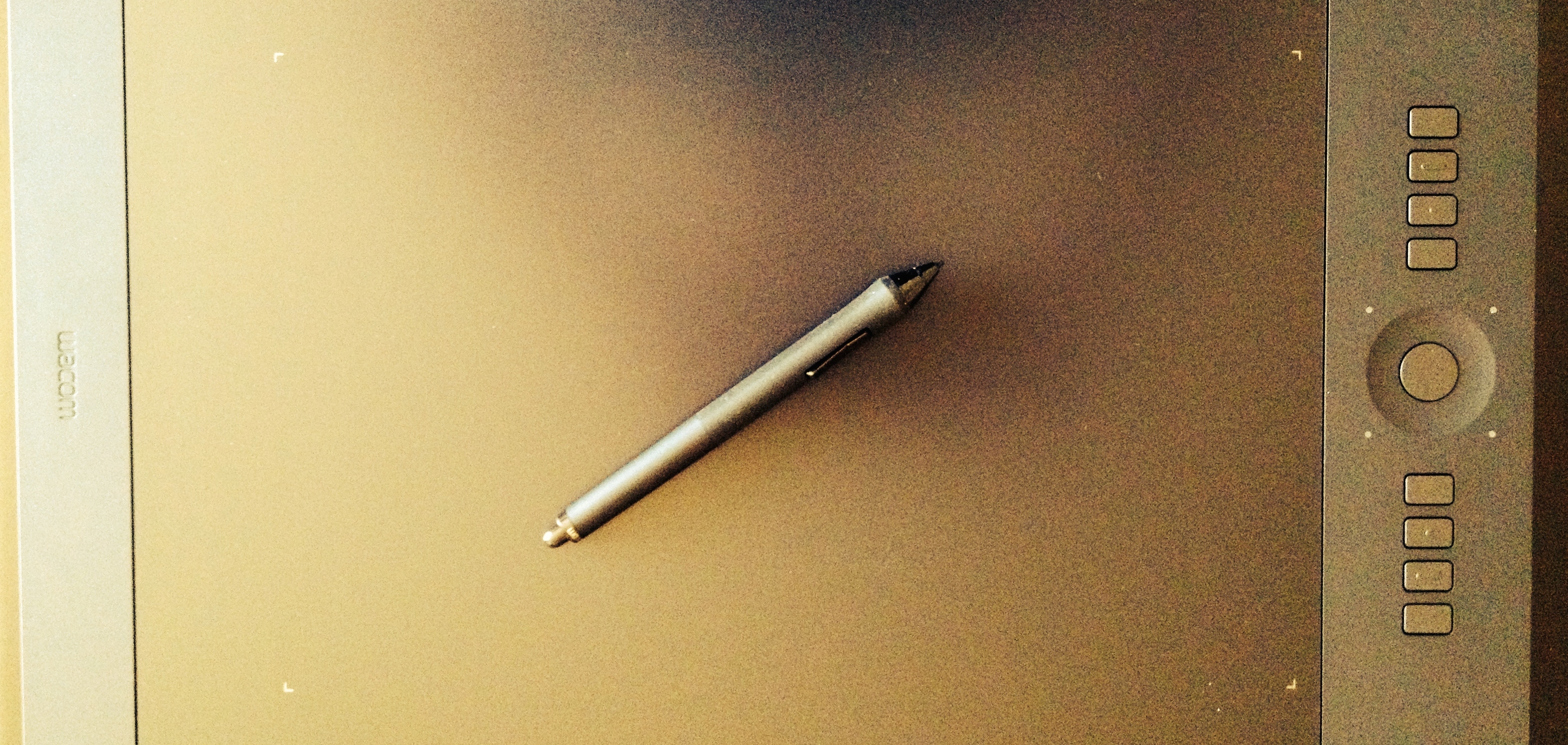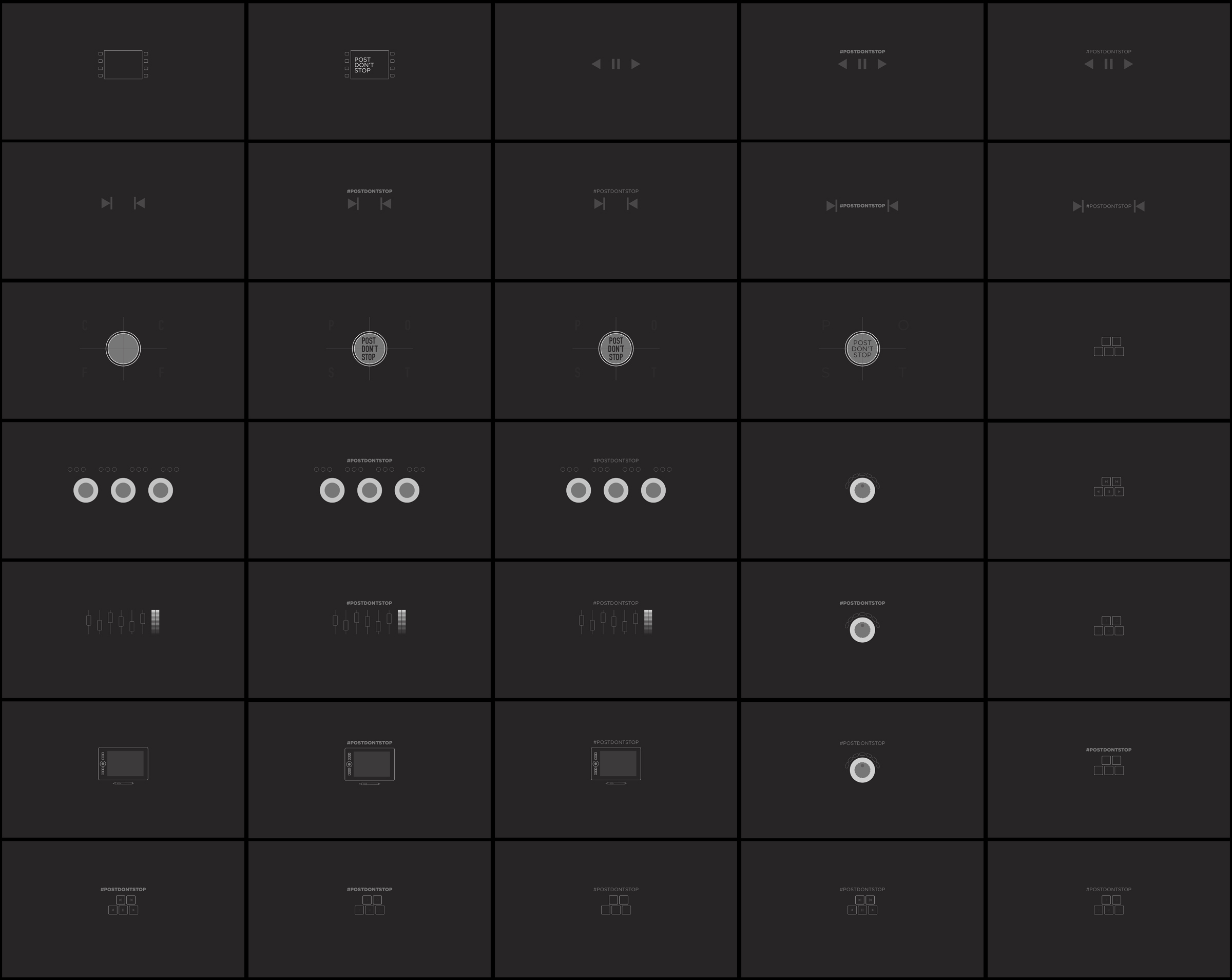Secondary color correction is the process if fixing and adjusting specific parts of an image. The extra tools usually used are power windows/vignettes, keys/qualifiers, and hue, saturation, and luminance curves.
We’re moving from looks to secondaries now. We’ll talk about the how and why of SCC (Secondary Color Correction) in the next couple posts. Secondaries have a few tools available specifically to this process. In secondaries, you can pull an HSL Key (Hue, Saturation, Luminance), also called using a qualifier (the “pro” term). You can also use shapes and vignettes, also called windows or “power windows” (again, the “pro” term). Trackers, both 1-point, 2-point, 4-point, object based, etc. are also used in conjunction with windows and shapes in the secondaries. Some software even gives you curves to adjust hue, saturation, and luminance for individual hue ranges. Each of the different software have different versions of these tools available (we’ll go over all of this too).
Just like the Primary Color Correction series, we’ll go into tips, how-to’s, explanations, and techniques for Secondaries in the upcoming tips.


